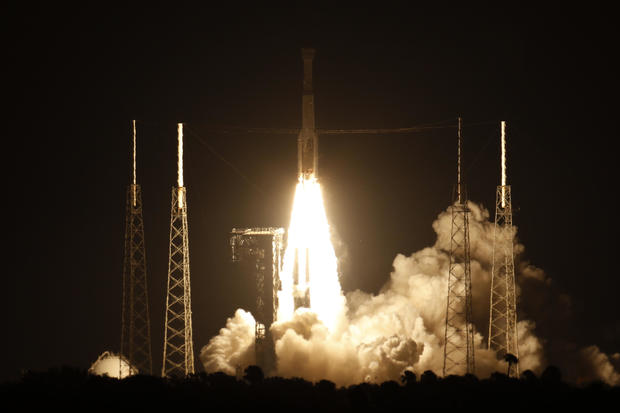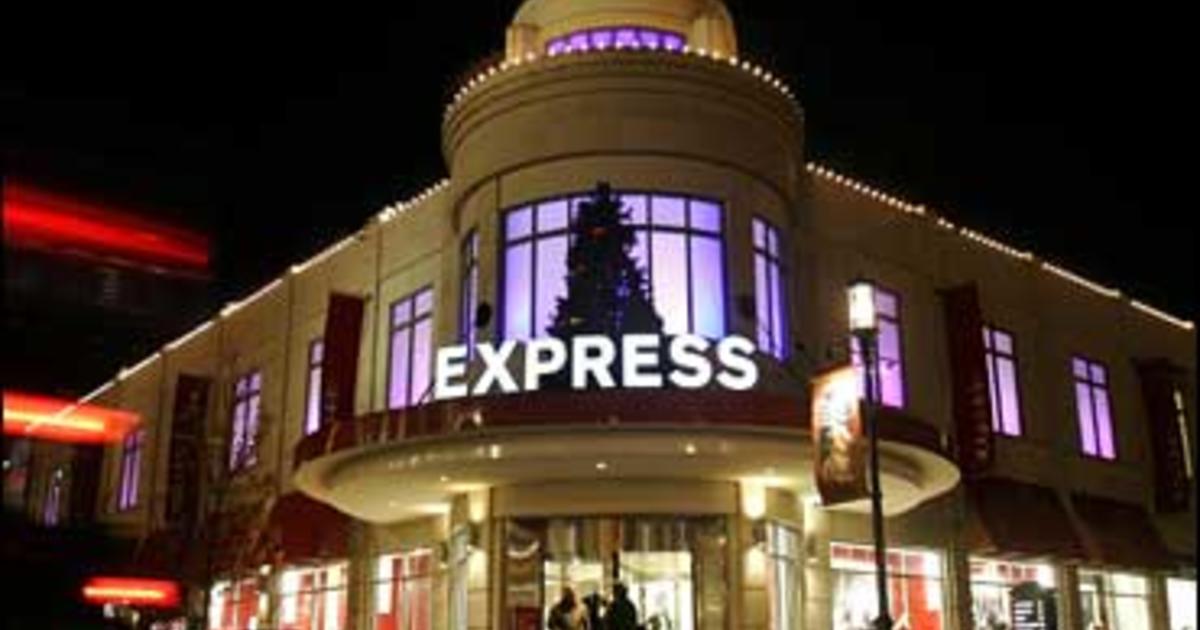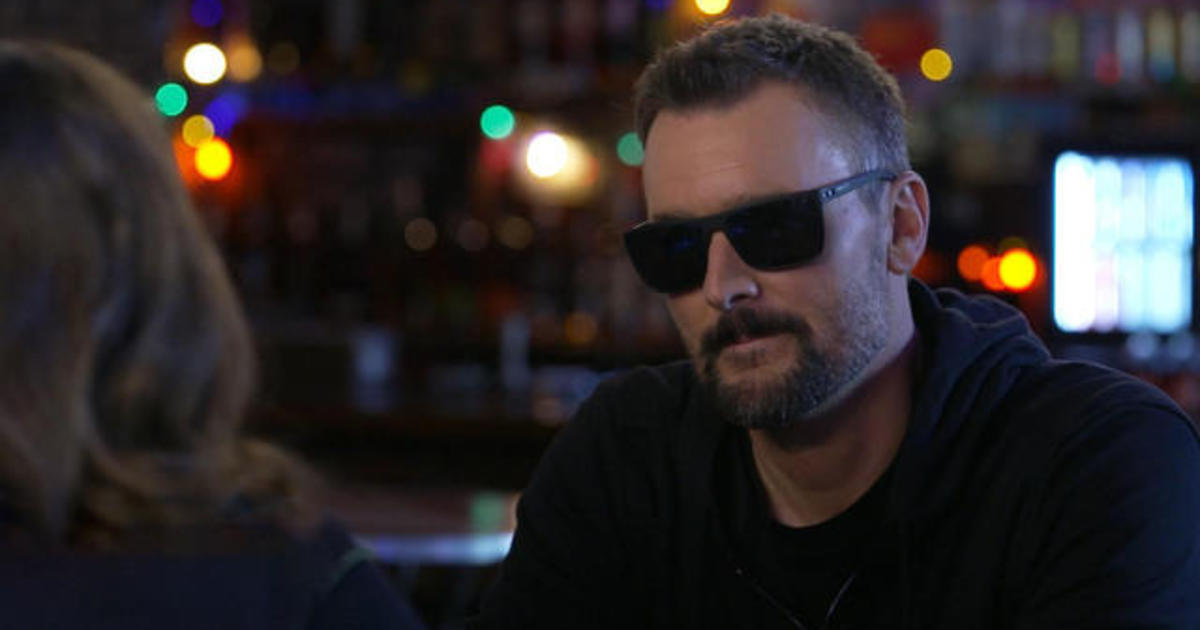Boeing Starliner makes first launch, but hits snag
A United Launch Alliance Atlas 5 rocket successfully boosted a Boeing Starliner capsule into orbit Friday for an unpiloted maiden test flight, but problems with a subsequent on-board rocket firing left the spacecraft in a lower-than-planned orbit, apparently preventing a planned rendezvous with the International Space Station.
"Despite launching successfully at 6:36 a.m. EST Friday on the United Launch Alliance Atlas V rocket from Space Launch Complex 41 at Cape Canaveral Air Force Station in Florida, Boeing's CST-100 Starliner is not in its planned orbit," NASA said in a brief statement. "The spacecraft currently is in a stable configuration while flight controllers are troubleshooting."
NASA Administrator Jim Bridenstine later tweeted the Starliner mistakenly "believed it was in an orbital insertion burn (or that the burn was complete) ... the spacecraft burned more fuel than anticipated to maintain precise control. This precluded @Space_Station rendezvous."
Flight controllers at the Johnson Space Center in Houston were in contact with the Starliner and reported they were able to control the capsule's orientation.
No orbital parameters were provided and it was not immediately known what went wrong, what might be required to fix it or whether flight controllers might be able to put the craft in an orbit that would at least allow some of the mission's test objectives to be met.
Given the apparent propulsion problem, it was doubtful NASA would agree to a space station docking even if the craft eventually reached a useful orbit. And in any case, Bridenstine's tweet indicated a full rendezvous was no longer an option.
Regardless of the details, the Starliner's maiden voyage did not get off to the successful start Boeing managers were hoping for in the wake of the company's devastating 737 Max aircraft disasters and the recent decision to shut down its 737 Max assembly line.
The long-awaited Starliner mission began when the workhorse Atlas 5's Russian-built RD-180 first stage engine fired up at 6:36 a.m. EST, followed by ignition of two solid-propellant strap-on boosters. The 172-foot-tall rocket then vaulted away from pad 41 at the Cape Canaveral Air Force Station atop nearly 1.6 million pounds of thrust.
Lighting up the pre-dawn sky with a brilliant jet of white-hot exhaust, the Atlas 5 quickly arced away to the northeast, putting on a spectacular morning sky show for spaceport workers, tourists and area residents along Florida's "Space Coast."
The flight plan called for the Starliner to catch up with the space station early Saturday. After a series of maneuvers to test the spacecraft's navigation, propulsion and control systems, the Starliner was expected to move in for a docking at the station's forward port around 8:27 a.m.
But the post-launch problem with the initial orbit insertion rocket firing put those plans on hold.
The mission was considered a major milestone in NASA's push to end the agency's post-shuttle eight-and-a-half-year reliance on Russian Soyuz spacecraft for transportation to and from the International Space Station at more than $80 million per seat.
It also was considered a major step toward opening up low-Earth orbit for commercial development, including eventual flights by non-professional astronauts ranging from private-sector researchers to space tourists and even journalists.
"We're talking about technology development, we're talking about science, but we're also talking about folks that can capture the amazement of space," said NASA astronaut Nicole Mann, one of three crew members who will launch aboard a Starliner next year. "So maybe teachers, maybe journalists, maybe artists. ... Those possibilities are just beginning."
But first, Boeing and SpaceX, NASA's other commercial crew contractor, must complete their initial test flights and begin operational space station crew rotation missions. SpaceX completed a successful unpiloted test of its Crew Dragon capsule in March and Friday's launch marked Boeing's long-awaited turn at the plate.
Carrying an instrumented astronaut test dummy nicknamed "Rosie," the Starliner was loaded with about 600 pounds of food, clothing and equipment to the station's six-member crew, along with holiday gifts.
Assuming a successful rendezvous and docking, the spacecraft was expected to remain attached over the Christmas holiday, returning to Earth on Dec. 28 with a pre-dawn parachute and airbag-assisted landing at the White Sands Missile Range in New Mexico.
Going into Friday's launch, Boeing and SpaceX were both planning to carry out initial piloted test flights to the station in the next several months, ending a hiatus in U.S. human space launch that began with the shuttle's final flight in 2011.
"We're moving into a new era, we are going to launch American astronauts on American rockets from American soil for the first time since the retirement of the shuttle, and we're going to do that in the first part of next year year," said Bridenstine.
"But we're doing it in a way that never been done before. This time, we're going to go with commercial partners. NASA is done purchasing, owning and operating the hardware. We're buying a service, the goal being that NASA wants to be one customer of many customers in a very robust commercial marketplace for human spaceflight."
Since the space shuttle's retirement in 2011, NASA has been forced to buy seats aboard Soyuz spacecraft to ferry U.S. and partner astronauts to and from the International Space Station. Seats on recent missions have cost more than $80 million each and since 2006, NASA has spent $3.9 billion for 70 Soyuz "tickets."
In 2014, after a series of competitions, NASA announced that Boeing and SpaceX would share $6.8 billion to develop independent space taxis, the first new U.S. crewed spacecraft since the 1970s.
Under a $2.6 billion contract, SpaceX is building a crewed version of its Dragon cargo ship that will ride into orbit atop the company's Falcon 9 rocket. Boeing's Starliner is being developed under a $4.2 billion contract and will rely on the Atlas 5 for launch.
Both companies are required to launch two test flights, one unpiloted and one with a crew. NASA originally expected those flights in 2017, but both companies have been delayed by funding shortfalls in Congress and by a series of technical issues, including trouble with parachutes and emergency abort systems.
Those delays forced NASA to buy additional Soyuz seats, at a cost of about $1 billion, to ensure an uninterrupted U.S. presence on the space station, according to the agency's inspector general.
After a successful unpiloted flight to the space station in March, SpaceX suffered a major setback in April when that same Crew Dragon capsule was destroyed during a ground test. The California rocket builder has recovered from that incident and is preparing for a dramatic in-flight abort test in early January.
If that test goes well, SpaceX will press ahead for launch of a Crew Dragon carrying two NASA astronauts — Douglas Hurley and Robert Behnken — on a piloted test flight to clear the way for operational crew rotation missions.
In a similar fashion, Boeing's unpiloted test flight this week marked one of the company's final major hurdles before it would be clear to launch a piloted flight with company Vice President Chris Ferguson and NASA astronauts Mike Fincke and Nicole Mann.
Going into Friday's launch, it was not known which company would get a crew into orbit first, but SpaceX appeared to have the edge because the Atlas 5 has multiple launches on its early 2020 manifest, including a high-priority science mission in February followed by two military flights in March and April.
SpaceX operates two launch pads in Florida, giving it more scheduling flexibility. But multiple reviews will be required before either company is cleared to carry astronauts, and no launch date decisions have been made.
But NASA needs one or both companies to fly soon. The Russians will only launch two Soyuz missions to the station per year starting in 2020, limiting the space station crew to three — two Russian cosmonauts and one NASA astronaut — until Boeing or SpaceX can begin operational crew rotation flights.





